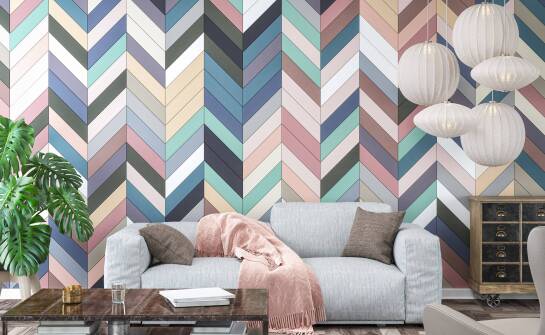Sponsored article
What are the Key Aesthetic Aspects in Designing Clerical Vestments?

Aesthetics in designing clerical vestments represents one of the most demanding domains of applied art, where tradition intersects with craftsmanship precision and theological meaning of form. A liturgical designer, working on a vestment, operates within a space defined by strict canonical norms, color symbolism, and functional requirements. Their task is not only to create attire suitable for liturgy but also one that, through its composition and harmony, aligns with the spiritual rhythm of the celebration.
Why Does Aesthetics Matter in Clerical Vestments?
Aesthetics in designing priest vestments constitutes an integral element of the liturgy. It does not serve a decorative function but rather a theological and symbolic one. Through color, cut, and fabric structure, the vestment expresses the dignity of the clergy and the sacrum in which the community of the faithful participates. A designer creating such attire must understand that it is a form of visual prayer, not an expression of personal style. Moderation, harmony, and coherence of composition become the overriding principle here, as the vestment is meant to lead to focus, not to attract attention with excessive ornamentation.
What Elements Determine the Aesthetic of Liturgical Vestments?
The aesthetic reception of a vestment depends on three key factors: material, color, and cut. The choice of fabric influences how the vestment drapes during movement and how it reflects light within the temple space. Silk, wool, or cotton blends provide texture depth, durability, and a dignified appearance. The color must align with the liturgical calendar and the symbolism of a given period—white expresses purity, purple penance, green hope, and red martyrdom. The cut should combine functionality with majesty, preserving proper proportions and fluidity of lines. Contemporary workshops designing catholic cassock ensure that all elements create a cohesive, visually harmonious whole in which form serves the spiritual content.
Ornament as an Expression of Balance and Dignity
Ornamentation in clerical vestments carries symbolic meaning, thus its role requires precision and moderation. Embroidery, appliqués, and gilding should emphasize the character of the liturgy but never dominate it. Properly designed ornamentation complements the direction of folds and fabric structure, creating a sense of balance and order. Excessive decoration leads to visual overload; therefore, contemporary aesthetics of vestments are based on the principle of simplicity, which highlights the quality of the material and purity of form. Harmony of colors, rhythm of patterns, and proportion of elements determine whether the vestment will emanate seriousness and calm or become overly theatrical.
Aesthetics of Liturgical Vestments as a Key Element of Spirituality
-
Aesthetics in designing clerical vestments serves a symbolic and theological function, not merely a decorative one.
-
Every element of the design—from cut to color—should emphasize the dignity of the clergy and the character of the liturgy.
-
The choice of material affects durability, the way the fabric drapes, and its perception within the sacred space.
-
The color of the vestment must align with the liturgical calendar and express a specific spiritual content.
-
Ornamentation should enrich the form, maintaining moderation and proportion so as not to overshadow the liturgical function.
-
A well-designed vestment combines beauty, simplicity, and symbolism, creating a cohesive whole that serves the spiritual message.
You might be interested

What Are the Differences Between Wallpaper Adhesives and Pastes?
Choosing the right materials for wallpapering is crucial to achieving a durable and aesthetically pleasing result. Both adhesives and pastes play key roles in this process, ensuring proper adherence of the wallpaper to the walls and their longevity. It's essential to understand the differences

Ceramic bowl in the context of contemporary interior design trends
Ceramics have long been an integral part of Polish culture and art. Contemporary interior design trends are restoring its shine, and ceramic bowls are becoming not only functional items but also decorative elements. Let us examine how these vessels fit into current interior design styles and their a